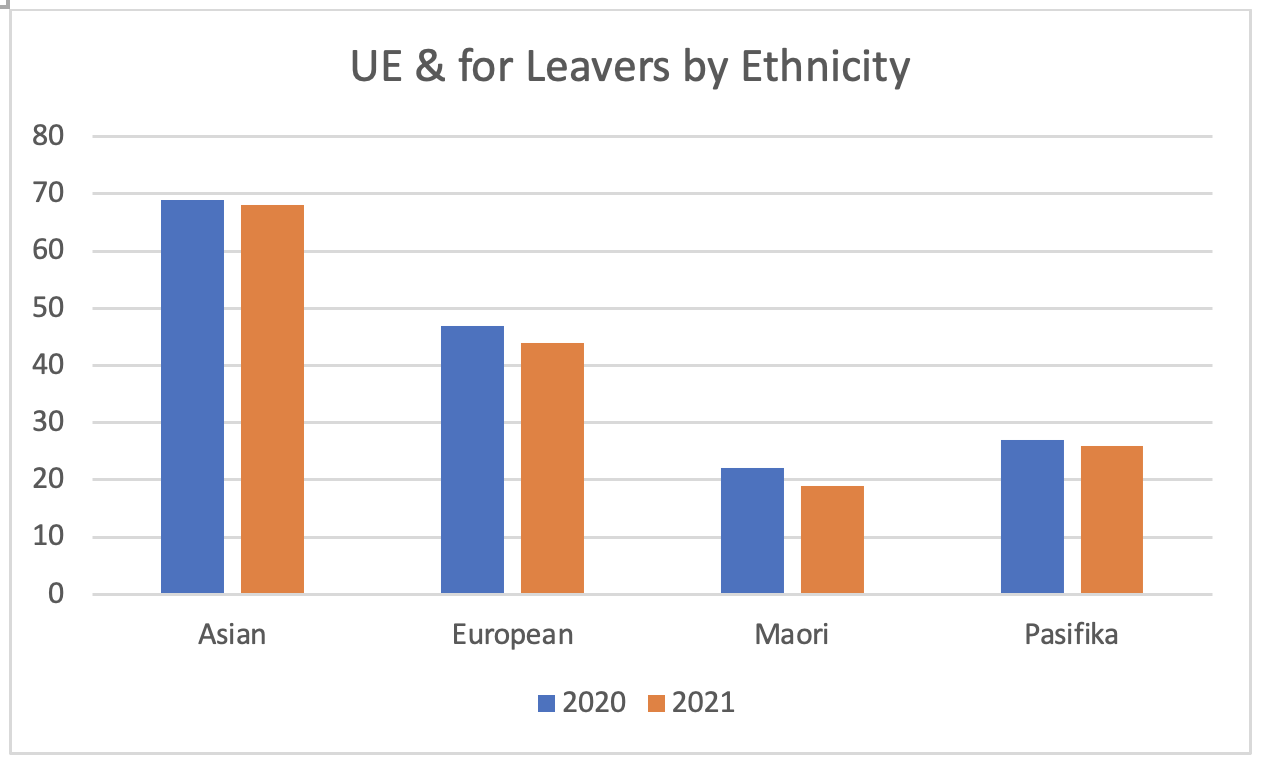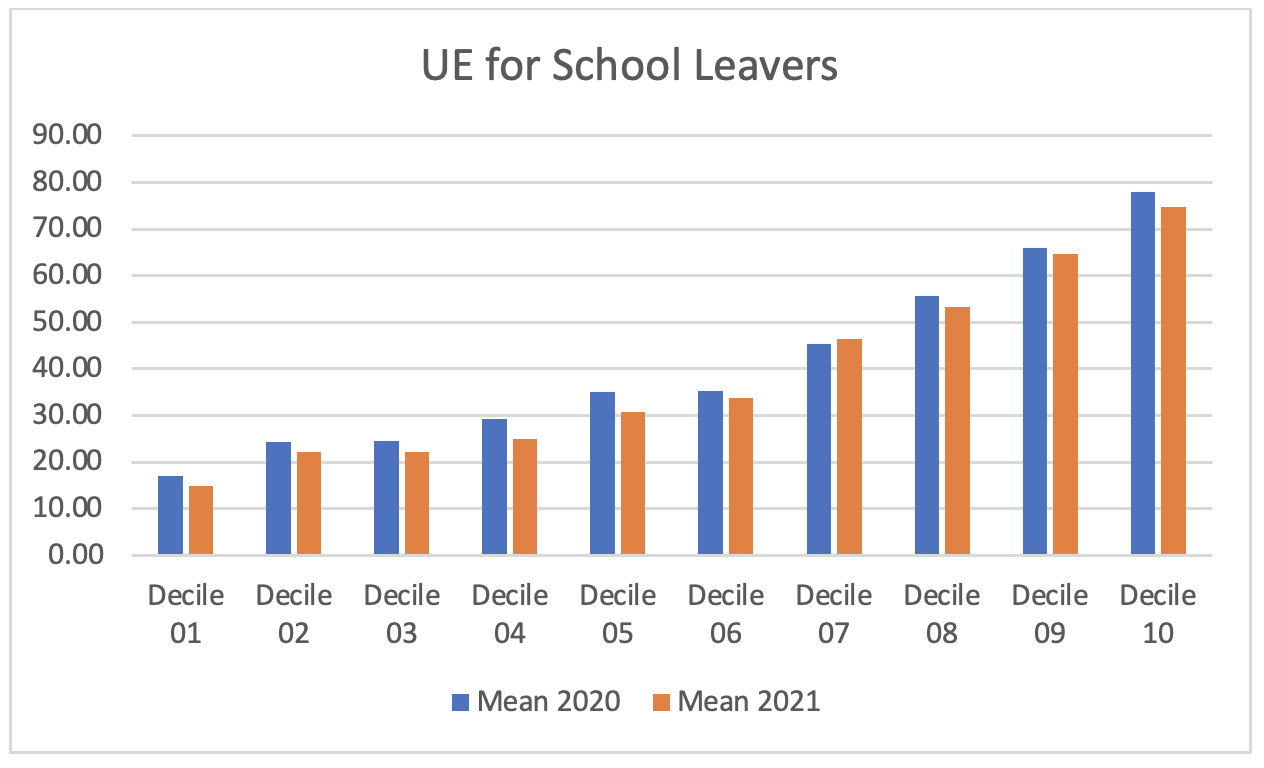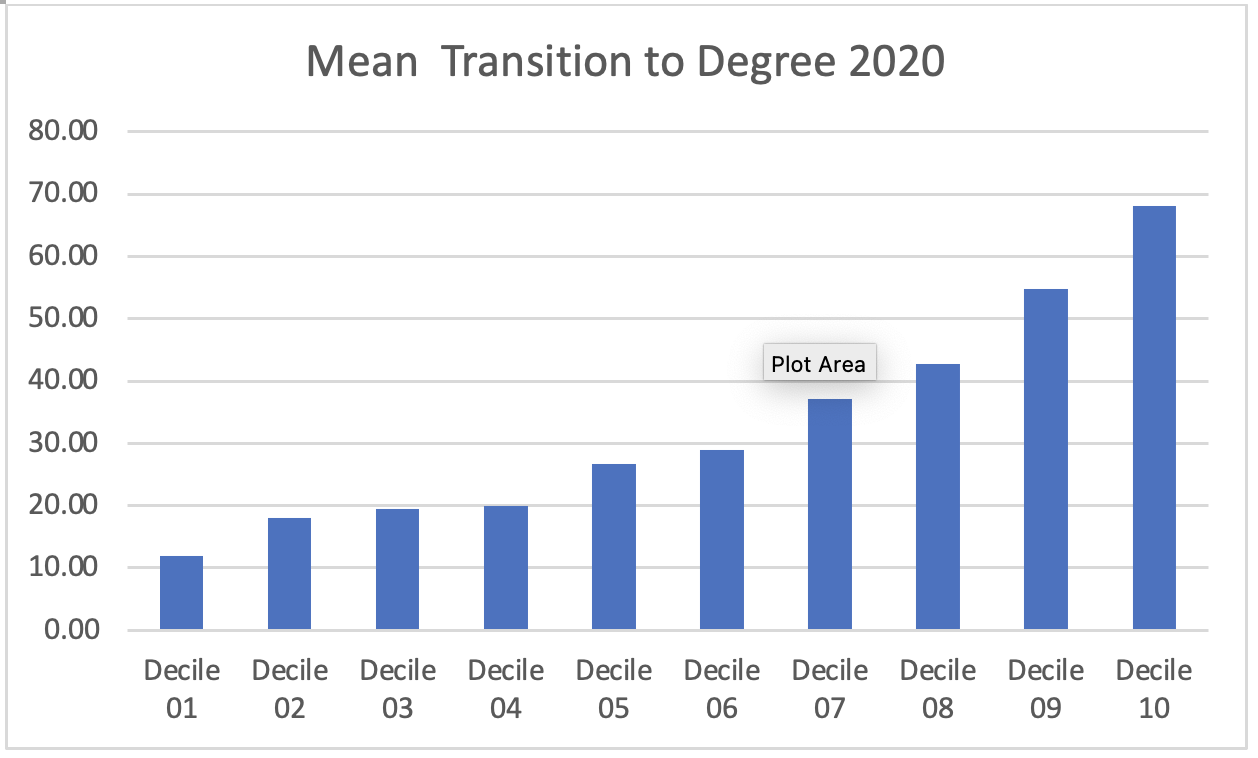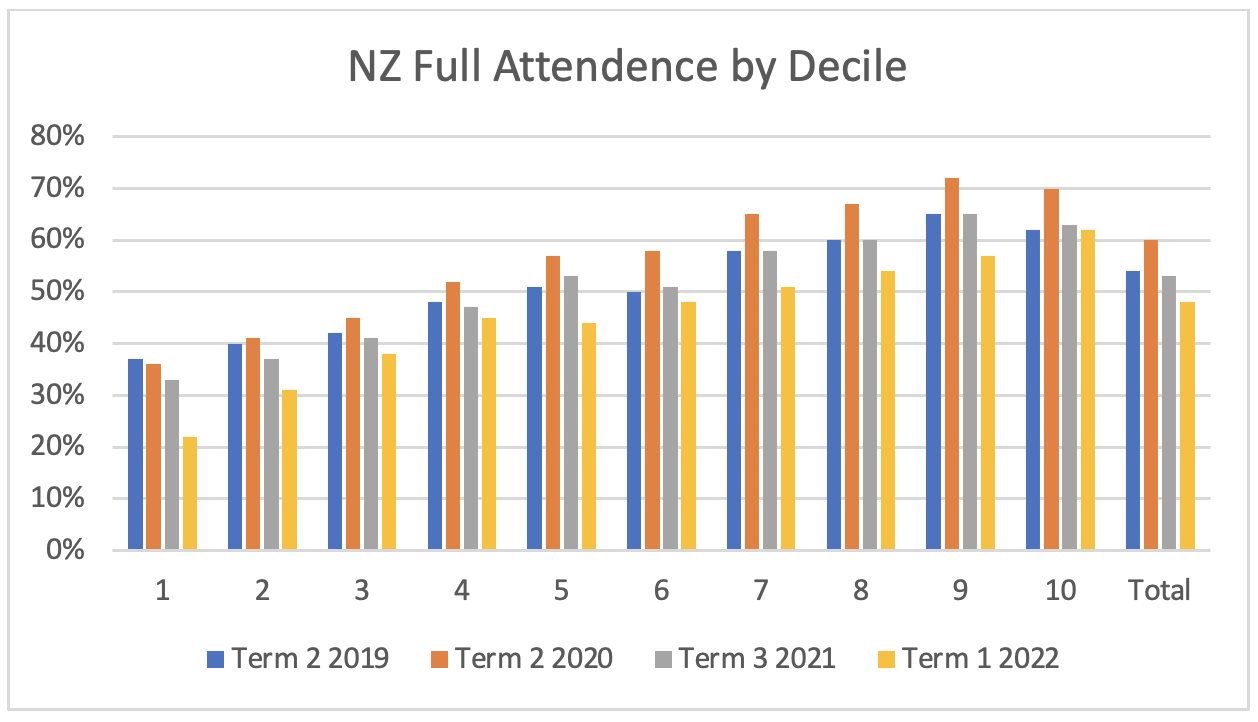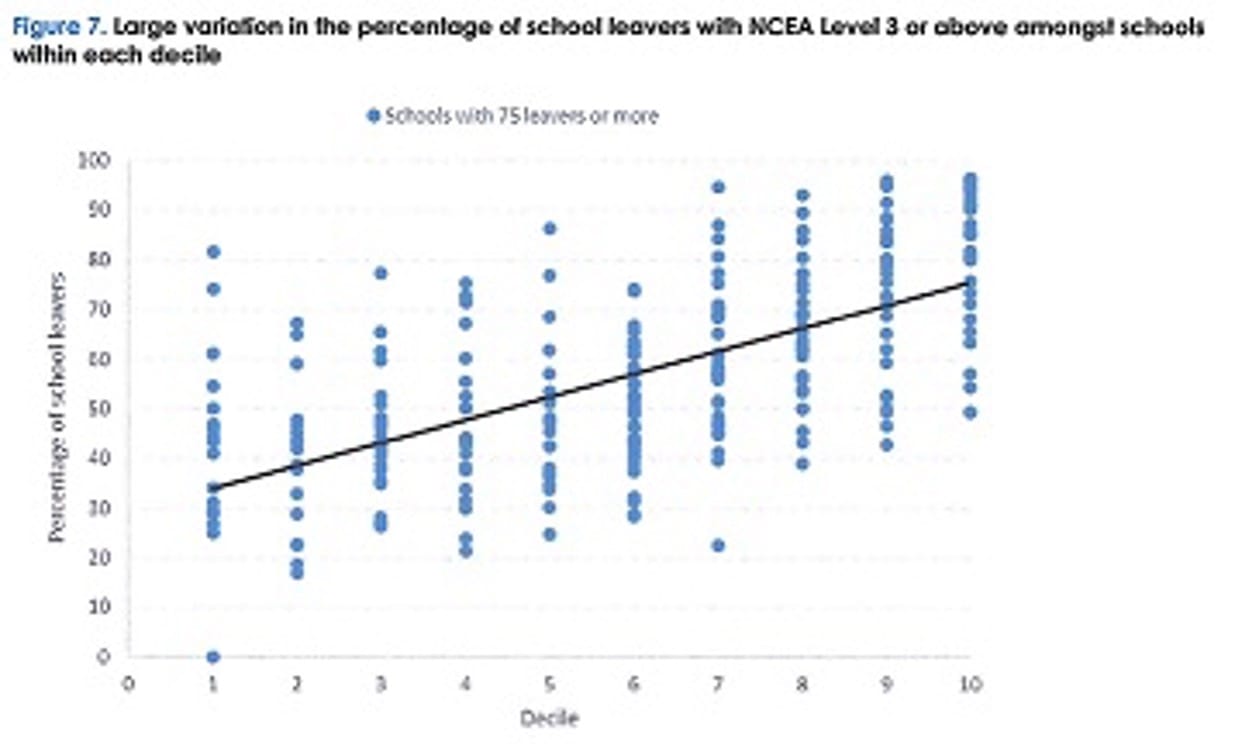Alwyn Poole
innovativeeducation.co.nz
mthobson.school.nz
alwynpoole.substack.com
I have been a teacher and educator in the New Zealand system since 1991. From mid-1998 I have been in the private sector side of that provision. That is a sector where if you are not doing a good job you no longer have students. It is very focusing.
In recent years I have put my Economics/Statistics degree to good use by processing the dataset for leavers of every high school in New Zealand. The leavers’ data is significantly more important than the cohort data that comes out in February, as it allows you to evaluate a school’s achievements with its whole student body. It also allows you to make comparisons between all high schools across these measures.
The indicators I use are Level 3 NCEA, University Entrance, retention to 17 years old and transition to tertiary study. Also, a substantial number of sector measures can be extracted. I believe every taxpayer (business and personal) should know this information and understand the implications. This includes the need to bring about change. Every school community too should have a full understanding of this data.
In terms of any reasonable expectation of where education should be for young people in our small and highly resourced nation, the current statistics are the worst I have ever seen. The last five years has been a time when our spending per capita is higher than ever: in five years we have gone from 2,800 Ministry of Education employees (not including teachers) to 3,900.
It is literally good economics in reverse. You are paying a lot more and getting a whole lot less.
The Government’s response to Covid is not an excuse for schools – some have trended upwards.
It is also provable, through a range of outstanding and outlier schools in every decile (a proxy for the socioeconomic status of the attending families), that home socio-economics are not determinant. Does this matter to the bureaucrats? Last week Mike Hosking spoke with New Zealand Teaching Council Chief Executive Lesley Hoskin. His questions were around the publicly stated emphasis on teachers needing to improve Te Reo and other understandings of Maori culture. The conversation brought to mind powerful concerns.
Lesley Hoskin twice stated that it is teachers themselves that create the registration requirements and what should be emphasised. She even stated that the Teaching Council is “directed by the profession”. Once again, a bureaucracy has chosen to put the cart before the horse. It is most certainly neither the teachers nor the Teaching Council who should decide what our nation wants as the skills, knowledge sets and personality traits that our teachers bring to their classrooms. It is, of course, the taxpayers, including businesses. They are the ones that pay for the system and have full rights to decide what they consider a good teacher is and what is being taught.
The second glaring issue was simply astounding. Hosking asked Hoskin whether there should be more emphasis on the quality of teaching literacy, numeracy and academics given NZ’s highly problematic domestic results and the decline in performance according to international standards. Hoskin denied the system was going backwards and stated that they were aiming for an approach that was more “holistic” (imagine the under-siege Ian Foster playing that card).
I must have missed the memo that it is holistic to leave school with few if any qualifications, being unable to work productively, earn a good income, have a genuine career, own a successful business, rent a dry home, save to buy property, travel, etc.
I suddenly thought that Lesley Hoskin may not be aware that only 22% of Decile 1 students are now fully attending school (48% across all deciles). I thought that she may not know that well over 30% of Decile 1 students leave school before they turn 17 years of age and just over 10% of Decile 1 students study for a degree (vs. about 68% for Decile 10 students). I thought that she may consider it to be ‘holistic’ that we so deeply fail with curriculum teaching for Maori students that only 18% of their school leavers receive University Entrance, while the figure is 67% for Asian school leavers.
I wrote to Hoskin and offered this definitive data set of school performance for the teachers she has oversight of. Her reply: “It isn’t something that fits within our priorities at the moment.”
The flow-on effects for business is being fudged by the HHLF Employment statistics which ignore people not looking for work. In the year to December 2021 12.4% of Auckland 15-24 year olds were Not in Employment, Education or Training (NEETs). Nationally the figure was 11.9%. In South Auckland, over 32% of Maori school leavers have less than Level 1 NCEA. It is astounding that across Auckland, as a whole, 20% of school leavers have failed to get Level 1 NCEA.
Taxpayers and all parents need to become deeply and actively involved in this. The demand must be that all stakeholders’ views on education quality and content are valued – not closed-door discussions between vested interest groups and the bureaucrats in Wellington.
It should also be clear that all students deserve the quality of education that the top State/State Integrated schools in each decile are providing: McAuley College, St Pauls (Ponsonby), Auckland Girls Grammar, Selwyn College, Manukura, St Catherine’s (Kilbirnie), Marist College, St Peter’s (Epsom), Baradene College, St Oran’s College. These schools have high attendance rates, keep almost all of their students past their 17th birthday and produce outstanding academic results and, in so doing, create a much greater range of future options for their children. Every New Zealand community deserves this and urgently.
Taxpayers should also raise concerns as to why some schools can fail year in, year out to the detriment of so many, with little or no change required. Equally, we should know why the newest and very flash/expensive Decile 10 schools are underperforming compared to a significant number of schools right down to the lowest decile.
Full data set available through:
Alwyn Poole
alwyn.poole@gmail.com
www.innovativeeducation.co.nz/
Graphs:
